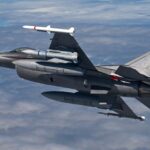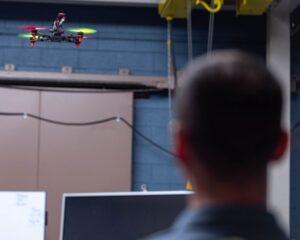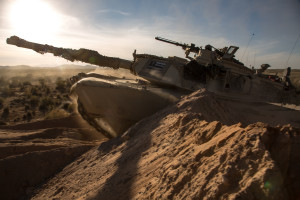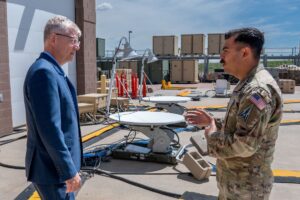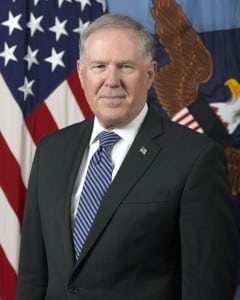
Air Force Secretary Frank Kendall on Tuesday added scant detail about two new space-related development initiatives that have been approved to begin execution before Congress has authorized and appropriated funding. One of the Quick Start initiatives is for a “more resilient national GPS position navigation and timing capability” and the other is command, control, and communications “battle management for moving target indication,” Kendall told the Senate Armed Services Committee during a hearing to review the fiscal year 2025 budget requests…

 By
By 